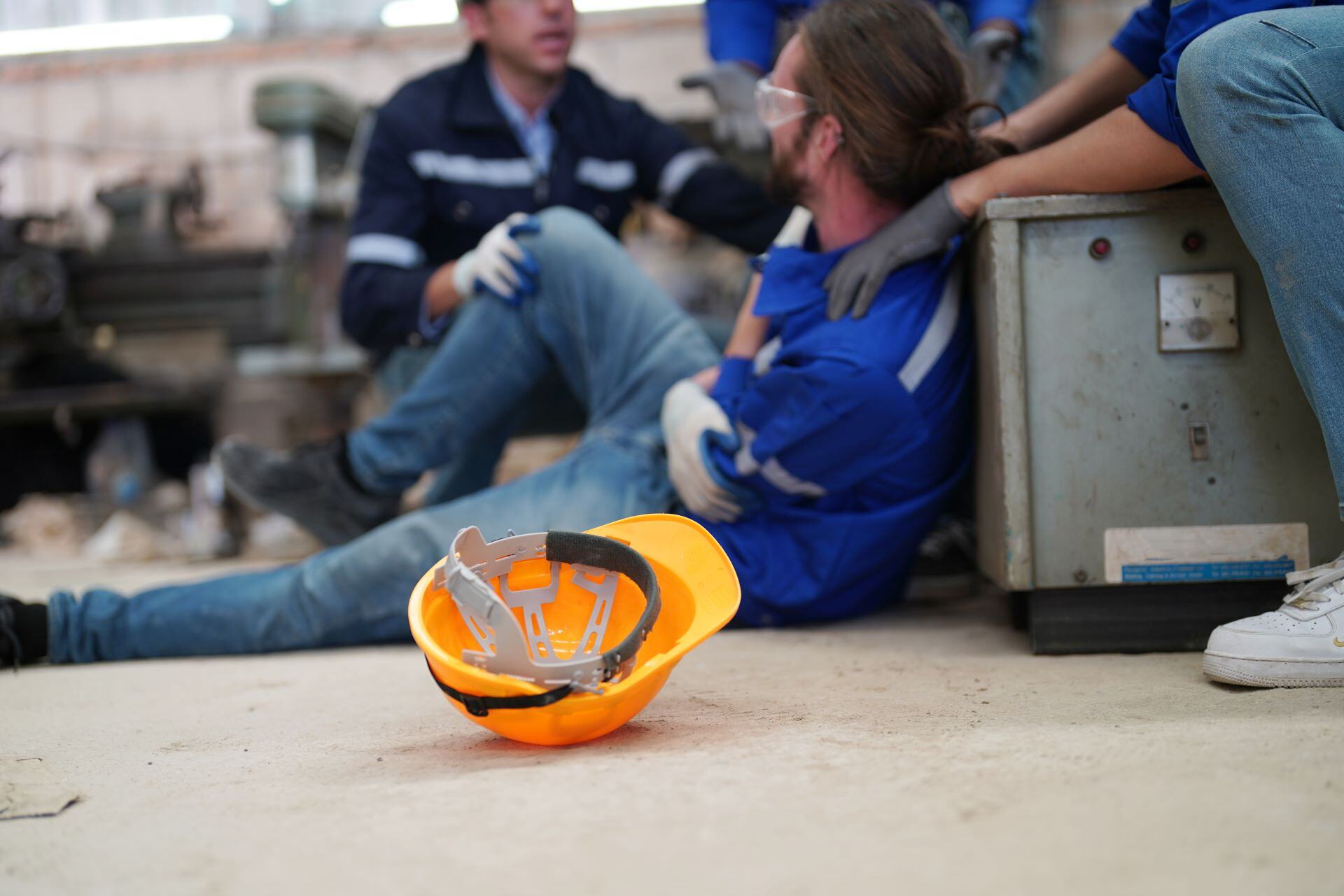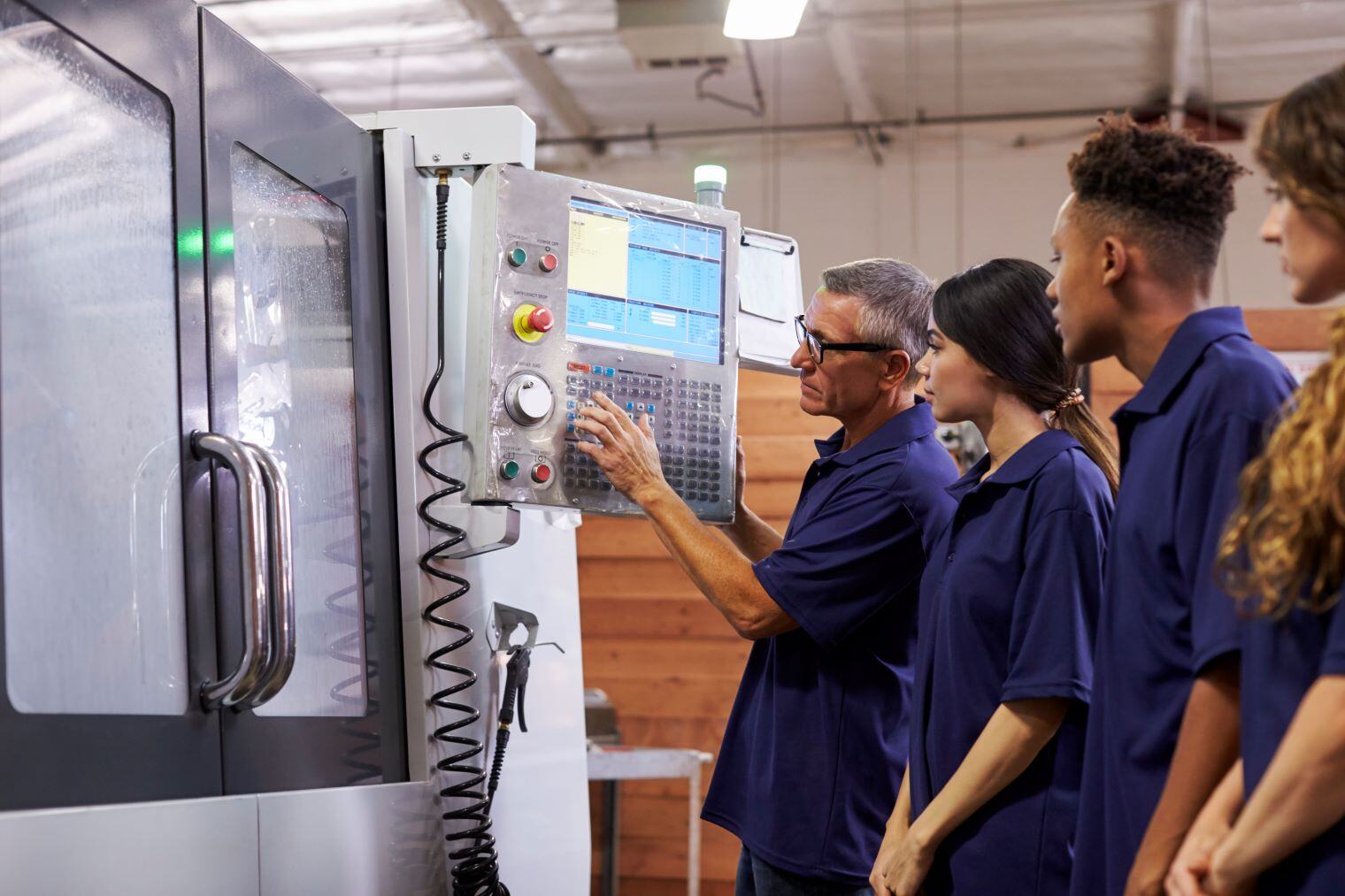What the Latest Workplace Injury Data Means for You as a Manufacturer

Post Categories
Timpl Marketing
The most recent data on workplace injuries and illnesses, reflecting 2023 trends, was just released by the Bureau of Labor Statistics. While the numbers are from the previous reporting period, they carry valuable lessons for manufacturing employers like you. Here’s what you can learn—and how these insights can shape safer, more productive operations today.
1. Nonfatal Injuries Are Declining
The numbers show an 8.4% drop in total nonfatal injuries and illnesses in private industries. This is a powerful indication that safety initiatives across industries are working. If your team hasn’t seen similar declines, now’s the time to reevaluate your safety practices.
2. Respiratory Illnesses Are at Their Lowest in Years
Respiratory illnesses have fallen by a striking 72.6%, with numbers now at pre-pandemic levels. For manufacturing, this likely reflects improved air quality measures and workplace health protocols. How is your facility addressing air quality? Even small changes can make a big difference for your workers’ health.
3. Manufacturing Sees Noticeable Safety Gains
Manufacturers reported a 10% reduction in injury and illness cases, bringing the Total Recordable Cases (TRC) rate down to 2.8 per 100 workers. These improvements reflect industry-wide progress. But remember, the safest workplaces often lead in productivity and morale, making this trend one you can’t afford to ignore.
4. Fewer Days Away from Work Mean Higher Productivity
Days Away from Work (DAFW) cases have decreased by 20.1%. Fewer injuries requiring time off directly impact your workforce stability and costs. Prioritizing ergonomic solutions and injury prevention programs ensures you continue benefiting from this trend.
5. Manufacturing Outpaces Other Sectors in Safety
While sectors like healthcare experienced increased injury rates, manufacturing saw steady declines. This positions your industry as a leader in safety. Use this to your advantage by emphasizing your commitment to employee well-being—it’s a strong draw for skilled talent.
What Does This Mean for You?
This data underscores the ongoing importance of workplace safety. To keep up, consider:
- Investing in automation and ergonomics to minimize repetitive injuries.
- Prioritizing air quality improvements to protect against respiratory risks.
- Partnering with Timpl to connect with skilled workers who share your commitment to safety and productivity.
Why Timpl Is Here for You
At Timpl, we specialize in connecting manufacturers with a workforce that’s ready to thrive in safe, efficient environments. Whether you’re seeking skilled talent or aiming to refine your workplace processes, we’re here to support your goals.
The 2023 injury data tells a hopeful story—but it also challenges us to do better. Together, let’s build workplaces that protect workers and drive the industry forward.
Let’s talk about how Timpl can help you meet your staffing needs and maintain the highest safety standards.


